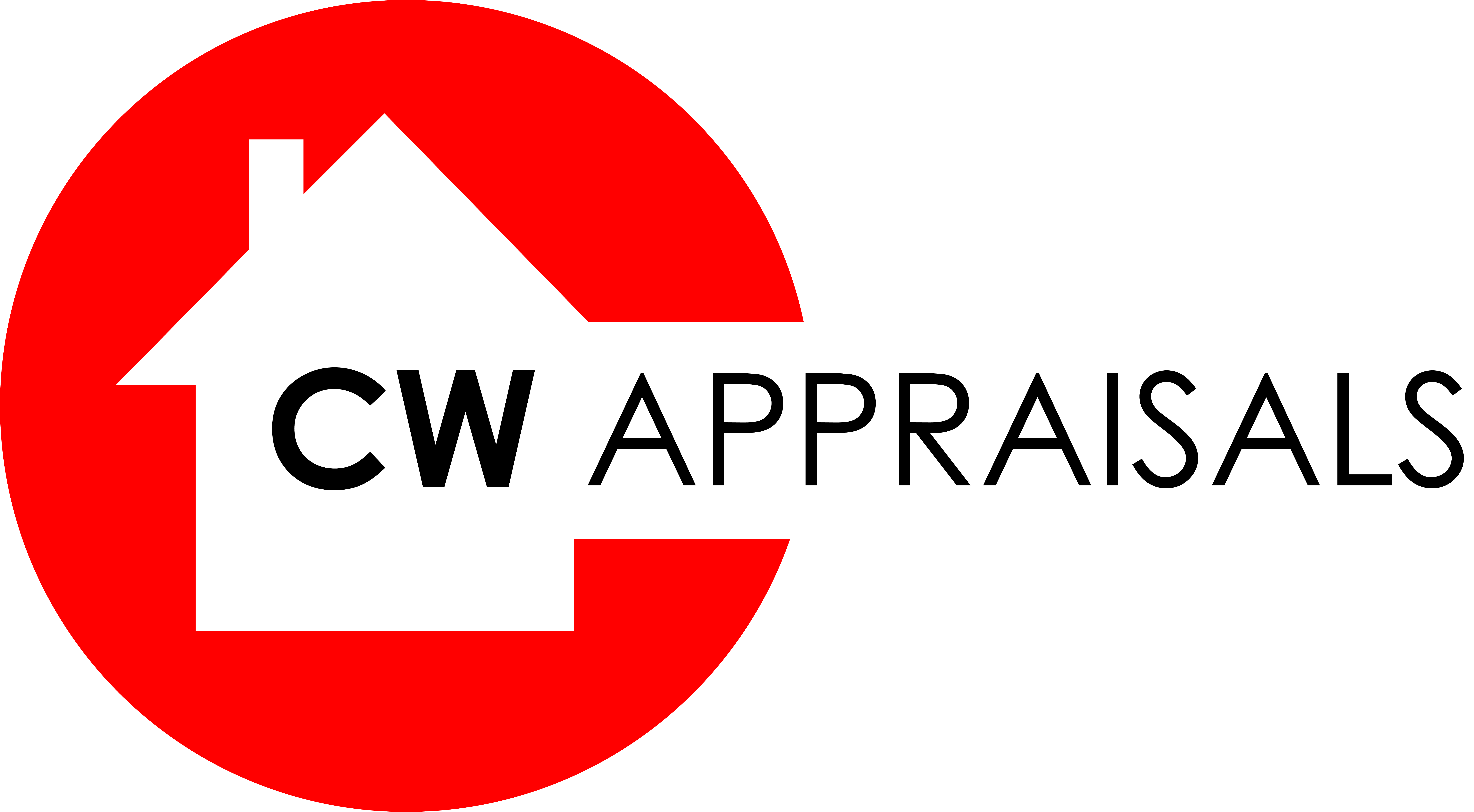Services
The Inspection
What goes into a real estate appraisal? It all starts with the inspection. An appraiser’s duty is to inspect the property being appraised to ascertain the true status of that property. The appraiser must actually see features, such as the number of bedrooms, bathrooms, the location, and so on, to ensure that they really exist and are in the condition a reasonable buyer would expect them to be. The inspection often includes a sketch of the property, ensuring the proper square footage and conveying the layout of the property. Most importantly, the appraiser looks for any obvious features – or defects – that would affect the value of the house. Once the site has been inspected, an appraiser uses two or three approaches to determining the value of real property: a cost approach, a sales comparison and, in the case of a rental property, an income approach.
Cost Approach
The cost approach is the easiest to understand. The appraiser uses information on local building costs, labor rates and other factors to determine how much it would cost to construct a property similar to the one being appraised. This value often sets the upper limit on what a property would sell for. Why would you pay more for an existing property if you could spend less and build a brand new home instead? While there may be mitigating factors, such as location and amenities, these are usually not reflected in the cost approach.
How To Prepare For An Appraisal
For homeowners, a real estate appraisal is the linchpin to buying or selling their home. It allows the property transactions to occur among the buyer, seller, real estate agent and mortgage lender.
Once your appraiser has arrived, you do not need to accompany him or her along on the entire site inspection, but you should be available to answer questions about your property and be willing to point out any home improvements.
To facilitate the appraisal process, it’s beneficial to have these documents ready for the appraiser:
- A plot plan or Building Location Certificate.
- Written property agreements.
- Most recent real estate tax bill.
- A copy of the current listing agreement and feature sheet and Purchase Agreement if a sale is “pending”.
- A list of “Proposed” improvements if the property is to be appraised “As Complete”.
- Brag sheet that lists major home improvements and upgrades, the date of their installation and their cost (for example, the addition of central air conditioning or roof repairs) and permit confirmation (if available)
Machinery and Equipment Appraisals
Comming Soon to CW Appraisals. Q2 2023





